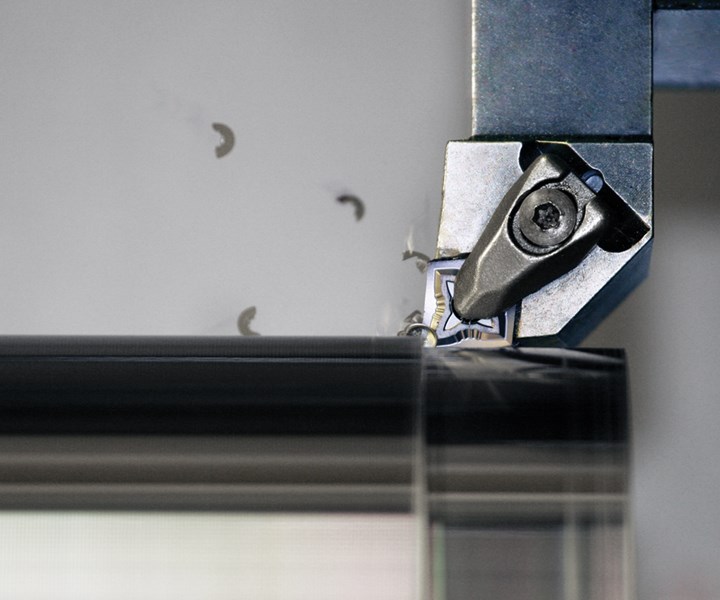Understanding Round vs. Indexable Tools
This month, I’m highlighting an article about round and indexable tools that was written to help shops learn the differences between the two, including advantages and disadvantages, and which one may be better for a given application.
#basics

Indexable inserts are made from cermet, ceramics, cubic boron nitride or polycrystalline diamond.
Although the path that leads to decisions metalworking shops make aren’t always black and white, Production Machining strives to provide our readers with valuable, well-researched information from reliable sources to help make these decisions less onerous.
Featured Content
This month, I’m highlighting an article about round and indexable tools that was written to help shops learn the differences between the two, including advantages and disadvantages, and which one may be better for a given application. The article, “Round vs. Indexable Tools: From the History to the Latest Developments,” defines round and indexable tools and offers information about these tools’ investment and maintenance, performance standards, and more.
Both round and indexable tools have their distinct advantage based on material, operation and requirements, according to the article. Round tools are traditionally made with HSS and solid carbide. Used in the most common, demanding applications today, HSS is tough, but not particularly wear-resistant.
However, indexable inserts are made from cermet (CT), ceramics (CC), cubic boron nitride (CBN) or polycrystalline diamond (PCD). CT has good flank and crater wear resistance and is not prone to built-up edge. CC has a wide application area in cutting hard materials (45-55 HRc) and has high resistance to abrasive and thermal conditions. CBN offers extremely hard high thermal resistance and is used in hard materials such as hardened steels and cast iron. Because PCD is extremely hard and brittle, it would not be a good choice for high hardness or impact applications.
For more information about round versus indexable tools, read the article here.
RELATED CONTENT
-
Predicting Size Change from Heat Treatment
While a precise forecast of a steel part’s size change during heat treating cannot be expected, by considering potential factors, a heat treater can provide a reasonable estimate that can help the shop prepare for final machining operations.
-
Collets Vs. Chucks
Find the definition, types and advantages of both CNC collets and chucks for workholding as well as the best applications for each, in this article.
-
5 Ideas for Continuous Improvement
These suggestions for manufacturing process improvements are based on Kaizen ideas that call for never-ending improvement from the entire organization.






